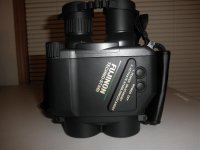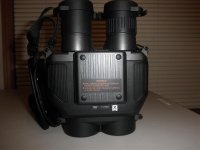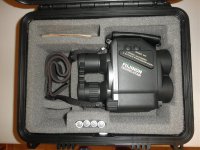I use the Canon 10x42 pretty much all the time and this is not my experience at all. It's extremely easy to carry around two AA batteries. I change batteries probably every 3-4 days of birding. Even if the battery does run out and I have no spares on me, I still have an excellent (if heavy) pair of 10x42s. The binoculars are not 'battery-operated'. The IS is.
That's fine, I like that idea. But at least one of these models, can't remember which, the Nikon 10x25? only works with IS on. I.e. battery operated
Battery operated binoculars definitely isn't for the birds. Or at least not for the birds in remote places!
If it works with rechargeable AAs: eneloop pro seem pretty good for holding their charge when not in use. My gadgets all run on them!
Last edited:











